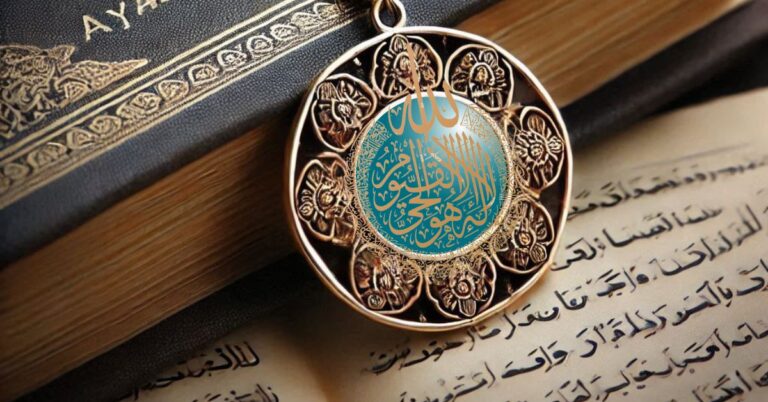Islamic Hijry Calendar 2025
Islamic Calendar Converter
Note: This is an approximate conversion. Actual Hijri dates may vary based on lunar sightings.
Have you ever wondered what the Hijri date is for your birthday, or struggled to plan events around Ramadan or Eid? Navigating the Islamic lunar calendar can feel like decoding a celestial puzzle—unless you have the right tool.
Enter the Islamic Calendar Converter, a digital lifesaver for Muslims and researchers alike. This guide will demystify how to seamlessly convert dates between the Gregorian and Hijri calendars, empowering you to align your schedule with Islamic events, historical research, or personal milestones.
By the end, you’ll master tools that bridge timekeeping traditions while boosting your productivity—and maybe even impress your local imam with your newfound expertise.
In this guide, you’ll discover:
- Why the Hijri calendar matters in Islam.
- How to use an Islamic Calendar Converter step-by-step.
- Practical applications for personal and community use.
- Answers to common questions about date conversions.
Understanding the Hijri Calendar: A Pillar of Islamic Tradition
The Hijri calendar, established in 622 CE to commemorate the Prophet Muhammad’s (PBUH) migration (Hijrah) from Mecca to Medina, is central to Islamic worship. Unlike the Gregorian calendar, it follows lunar cycles, with each month beginning at the sighting of the new moon.
Key characteristics include:
- 12 lunar months: Muharram to Dhul-Hijjah.
- Shorter year length: ~354 days (11 days shorter than the Gregorian year).
- Religious significance: Determines Ramadan, Hajj, Eid, and other Islamic events.
This lunar system creates annual shifts in Gregorian dates, making manual calculations error-prone. Enter the Islamic Calendar Converter—a digital lifesaver for accuracy and convenience.
Why You Need an Islamic Calendar Converter
Whether you’re a Muslim planning worship or a researcher studying Islamic history, date conversion challenges are universal. Here’s how the tool addresses them:
Accuracy: Eliminates manual errors with algorithmic precision.
Speed: Converts dates in seconds, saving time for urgent needs like Ramadan planning.
Accessibility: Available online and via mobile apps (e.g., IslamicFinder, Muslim and Quran).
Multifunctionality: Some tools also display moon phases, holidays, and even widgets for websites.
How to Use an Islamic Calendar Converter: A Step-by-Step Guide
Most converters, like those from IslamicFinder or Alhabib, follow similar steps:
Select conversion type: Gregorian-to-Hijri or vice versa.
Input the date: Use dropdown menus or text fields for day, month, and year.
Click “Convert”: Instantly view results in both numerical and written formats.
Explore additional features: Check moon visibility maps, holidays, or print calendars45.
Example: Converting February 12, 2025, yields 13 Sha’ban 1446 AH.
Mastering the Islamic Calendar Converter unlocks a seamless connection between two worlds: the lunar rhythms of faith and the solar structure of daily life. Whether you’re preparing for Ramadan, documenting family milestones, or exploring Islamic history, this tool ensures accuracy and ease.



